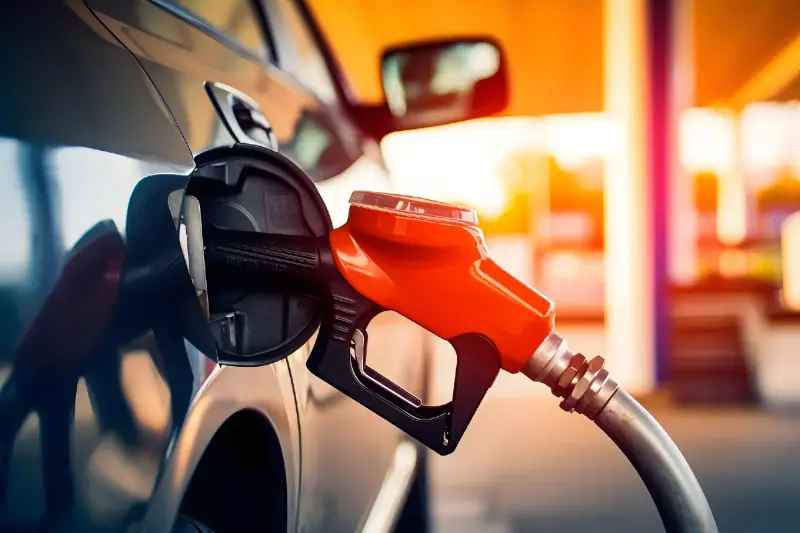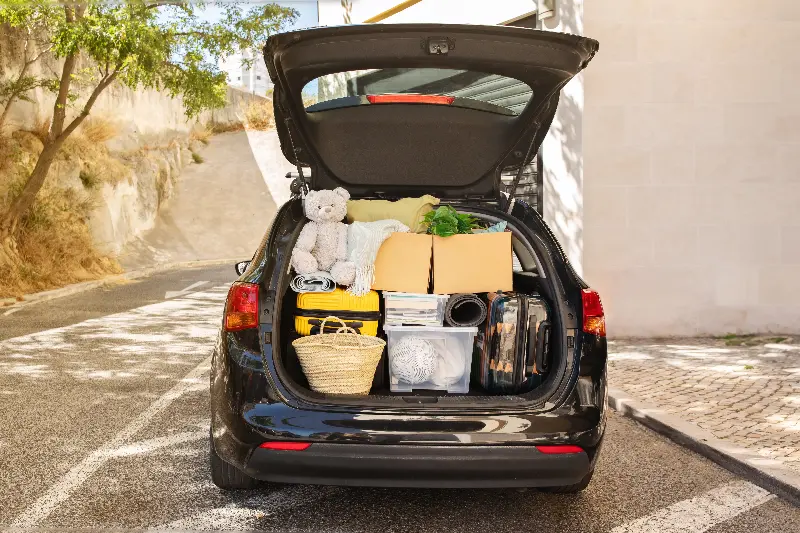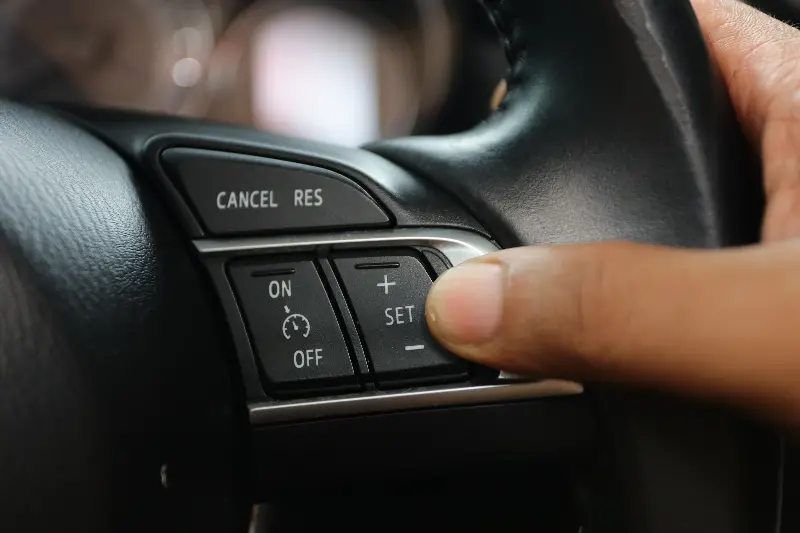If you feel like you’re spending more time and money at the pump than ever before, you’re not alone. Fuel prices seem to be on a never-ending rollercoaster, and every driver—whether cruising city streets or pounding country motorways—wants to squeeze just a little more out of every litre. While most people know about simple measures like slowing down and avoiding needless idling, the world of fuel efficiency is loaded with surprising facts that defy common sense. Let’s dive into the truth, bust some myths and share lesser-known strategies that genuinely work.

The Myth of Premium Fuel
Walk into any petrol station and you’ll find different grades of fuel—regular, super, premium—and each comes with a varying price tag. Many drivers believe that using premium or higher-octane fuel will automatically make their car run cleaner, faster, and more economically. Surprisingly, for the vast majority of vehicles, this simply isn’t true. Unless your car’s manufacturer specifically recommends or requires premium fuel due to a high-compression engine or turbocharging, using it won’t improve your fuel economy or performance. In fact, the money spent on premium could be better used elsewhere.
Manufacturers design most modern engines to run perfectly well on regular unleaded petrol. Using premium fuel in an engine that isn’t designed for it is just pouring cash into the tank for no reason. Check your owner’s manual before buying the most expensive petrol on offer; it might save you a packet at every fill-up.
Weight Matters More Than You Think
It’s common to underestimate just how much extra weight impacts your car’s fuel efficiency. The physics are simple: the heavier the car, the more energy it takes to move it forward. Yet, a surprising number of drivers carry around unnecessary items in their boot or on the back seat day in, day out. Everything adds up—from sports equipment and tools to strollers and cases of bottled water.
A good rule of thumb is that for every 45 kilograms of extra weight, your vehicle’s fuel efficiency drops by about 1-2%. That might sound like a small difference, but over a year of driving it really adds up. So before your next trip, have a clear-out—your wallet will thank you in the long run.

The Tyre Pressure Misconception
When was the last time you checked your tyre pressure? If your answer is “last service” or you’re glancing nervously out the window now, you’re not alone. Under-inflated tyres increase rolling resistance, making your engine work harder and burn more fuel. Over-inflated tyres though, can be just as problematic, impacting handling and safety rather than efficiency.
Interestingly, many drivers overlook the fact that tyre pressures should be checked when the tyres are cold, as heat from driving increases the pressure inside and could give a false reading. Aim for the manufacturer’s recommended pressure, and remember that weather changes can affect these values more than you might think. Properly inflated tyres can improve fuel economy by up to 3%.
Air Conditioning Versus Open Windows
Few fuel debates are as common as air conditioning versus open windows. The answer is more nuanced than most admit. At lower speeds, opening windows does little to affect fuel consumption, so it can be a refreshing alternative. However, at motorway speeds, the increased drag from open windows significantly affects your aerodynamics, making the engine work harder and burning more fuel.
In these conditions, using the air conditioning sparingly—setting the temperature just cool enough rather than a refrigerator blast—may actually be more efficient. Finding the right balance based on your driving speed and the temperature outside is key.

The Effect of Roof Boxes and Bike Racks
Planning a holiday or weekend adventure? Be wary of leaving roof boxes, roof racks or bike carriers installed when not in use. These popular accessories can add a surprising amount of drag, especially at faster speeds, and dramatically reduce fuel efficiency. Studies have found that a roof box can increase fuel consumption by as much as 10-25% at motorway speeds.
Whenever possible, remove these extras when you’re not using them. Your car will thank you for it, and your fuel stops will become a bit less frequent.
Cruise Control Isn't Always Best
Cruise control is often thought of as the perfect tool for maintaining steady speeds and thus saving fuel—but this isn’t always the case. On smooth, flat motorways, cruise control works as advertised and can lead to noticeable savings. On hilly or winding roads, however, cruise systems tend to overcompensate, applying more throttle than a careful driver might, using more fuel in the process.
The best approach is to use cruise control for those flat, steady sections, but take manual control in varied terrain or heavy traffic for optimal fuel savings.

The Cold Engine Myth
Many drivers believe it’s necessary to let the car idle and “warm up” before driving, especially in cold weather. Modern engines, however, are designed to operate efficiently from the moment they start. Idling just wastes fuel—today’s cars actually warm up more quickly and efficiently when driven gently after start-up. Unless you’re driving a classic car from the 1970s, just get rolling as soon as your windows are clear and it’s safe to drive.
Smooth Moves: Driving Style Makes a Difference
If there’s one single factor that trumps fancy gadgets and premium petrol, it’s you—the driver. Smooth acceleration, gentle braking and anticipating traffic flow can boost your fuel efficiency enormously. Aggressive drivers who floor it at every green light and slam on the brakes at every red consistently use up to 30% more fuel than their more zen-like counterparts.
Try to look ahead and plan your actions in advance, maintain a steady speed and use engine braking where appropriate. Not only will your wallet thank you, but so will your passengers.
In the end, the road to brilliant fuel efficiency is paved with surprising truths, a little bit of science, and a lot of savvy choices. Forget the myths—stick to these proven tactics and you’ll go further for less, every time.
